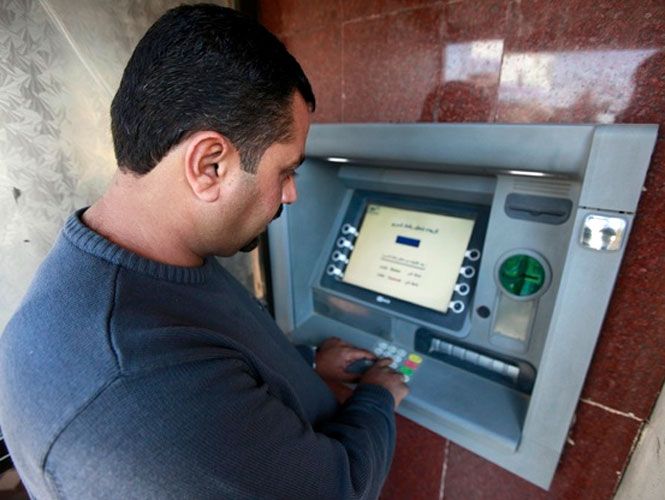There should be a clearer linking of the eligibility prescribed in the guidelines and the award of a licence, says Harsh Vardhan.
 The much-awaited round of licensing of Payments Banks and Small Finance Banks is over.
The much-awaited round of licensing of Payments Banks and Small Finance Banks is over.
We have 11 and 10 "winners" respectively for the Payments Bank (PB) and Small Finance Bank (SFB) licences.
These new licences mark a major development in the Indian financial system, as for the first time two new classes of banks have been introduced.
The two rounds of licensing - for universal banking in 2013-14, and for PBs and SFBs in 2015 - saw around 140 applicants for what turned out to be 23 licences.
The success rate was about seven per cent for universal licences, 15 per cent for SFBs and a relatively high 26 per cent for PBs.
The Reserve Bank of India (RBI) has complete discretion in issuing bank licences.
It laid down clear guidelines for applications and appointed committees of external advisors with deep experience and unimpeachable reputation for integrity.
So, the outcome of the processes cannot be questioned. And yet, the process could do with more disclosures. Key aspects of licensing, such as the number of licences to be issued and the grounds for rejection, were not disclosed.
This resulted in all manner of speculation about the reasons for getting a licence.
Even media reports use phrases such as "the RBI will announce the 'winners' of the bank licenses", etc.
The whole process looked like a lottery or a tournament - lottery, because of the complete unpredictability of "winning", and tournament, because with a very small number of licences, it seemed as if the applicants had to not only meet all the qualifications but also beat other applicants.
Licensing should ideally be neither.
While clear guidelines were issued and queries on the guidelines answered, how these guidelines were applied in the licensing process is not clear.
It is not clear how exactly the notion of "fit and proper" was assessed, what was a "realistic and viable" business plan for the bank, or how an "Indian owned and controlled" entity was defined, etc.
These appeared to be some of the important qualifying criteria and even after the process is over, we are not sure what exactly they mean.
Non-compliance with some of these issues must have been grounds for denial of licences. While a completely formulaic licensing process is not possible, there should be a clearer linking of the eligibility prescribed in the guidelines and the award of a licence.
Our understanding of what it takes to get a bank licence at the end of this process should have been better than at the start; unfortunately, it is not.
Contrast this with the process adapted by other financial services regulators - Irdai for licensing insurance companies and Sebi for licensing asset management companies. Licences are issued "on tap".
There are clearly laid down guidelines. Once an application is received, there is extensive exchange of information between applicants, at the end of which the applicants get the licence or are rejected for failing to comply with specific requirements.
This makes the whole process far more predictable for the applicants.
In addition to informing the applicants and making the process more predictable, disclosures would also provide the regulator an opportunity to share more broadly its thinking on such issues which will also be useful for the banking sector.
The number of licences to be issued can provide insights into how the RBI thinks the banking structure will evolve, while clarity on the notion of "fit and proper" would help incumbent banks in improving governance.
If bank licensing, universal or differentiated (ie PB or SFB), is to become "on tap" as the RBI itself has hinted, then the process will have to become much more predictable, so that fewer companies apply and a larger percentage of those that do, get the licence.
The RBI can set the standards, both objective and subjective, as high as it wants but they should be such that potential applicants can clearly assess their own chances.
Thus, fewer and more clearly qualified companies will only apply.
This would also make the process of reviewing the application more efficient for the RBI itself - it will not have to go through hundreds of applications, each running into hundreds of pages.
Bank licencing has been a "once in a decade" affair and so it could well be that we don't face this process anytime soon.
Yet, RBI's own press release stated that the RBI would use the learning from this licensing round to appropriately revise the guidelines and move to give licences more regularly, virtually "on tap".
If indeed the licensing process goes on tap, the most likely candidates will be from among the ones who have been rejected in the current round.
The RBI should note that these future applicants should also have the benefit of learning from the process so that they improve their chances of getting a licence in the future.
In the absence of any information on why they were rejected, such a learning is not possible.
Next time, whenever that is, all they can do is to apply and pray harder!
Harsh Vardhan is with Bain and Co, and these views are personal.









